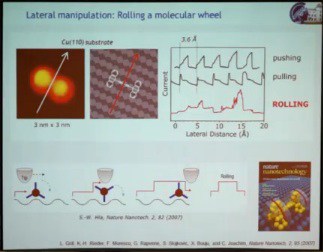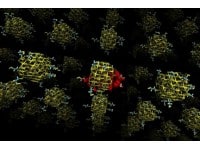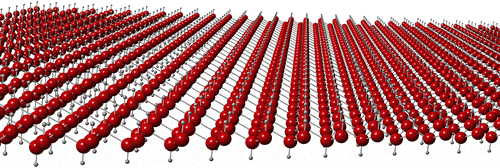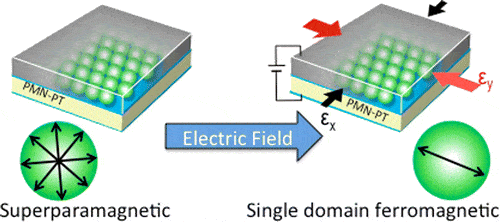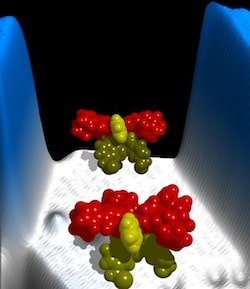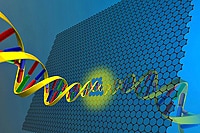At the 2013 Conference the winner of the 2011 Feynman Prize for Experimental work presents STM studies showing how the manipulation of single molecules on a surface can yield insights to their mechanical, electronic, and optical properties, and be used in a controlled way to build pre-defined molecular architectures.
Conference video: Assembly and Manipulation of Molecules at the Atomic Scale
